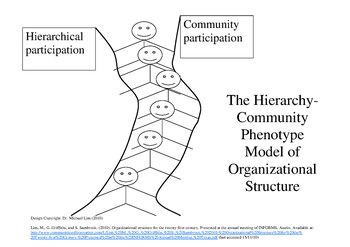The past two weeks have been all about operations. Lean
manufacturing, tracking KPIs, hitting targets, kaizen and the Toyota
process…the choices and possible models to illustrate and define operations are
staggering. A few themes have stood out to me however, the main being the need
to define a clear vision for what a company or product needs to achieve, and
then the thought, design, and operational processes that make it an actuality.
We were introduced to the idea of setting “target
conditions”, not end result “targets” in a lecture by Tom Johnson (author of
Profit Beyond Measure, 2008). This concept really appealed to me. The idea of setting out
with a vision of service, what problem a product or offering could solve,
rather than designing something that did “X”. This concept is much more
creative, and offers the ability to achieve greater impact because the confines
of a pre-defined outcome are no longer there.
 I was reading an article in the New York Times online
discussing The Extraordinary Science of Addictive Junk Food. Within this monstrous
and fascinating article included many mini case studies about the addition of
sugar and other addictive substances to our food to make it more appealing. The
Oscar Meyer case study in particular caught my eye, because I remember as a
kid, loving the very rare treat (seriously, like only twice in my life did my mom
buy them for us) of the pizza lunchables.
I was reading an article in the New York Times online
discussing The Extraordinary Science of Addictive Junk Food. Within this monstrous
and fascinating article included many mini case studies about the addition of
sugar and other addictive substances to our food to make it more appealing. The
Oscar Meyer case study in particular caught my eye, because I remember as a
kid, loving the very rare treat (seriously, like only twice in my life did my mom
buy them for us) of the pizza lunchables.
It was interesting to read through this case and apply
concepts from our coursework that allowed me to name and identify business strategy
processes happening as Oscar Meyer continued to evolve this offering.
Initial Company
Problem (Oscar Meyer): not selling much processed lunch meat (ie bologna)
Customer Problem:
time challenge for mothers to provide kids with easy, nutritious lunch
Target condition to
satisfy: Create easy to serve lunch product featuring lunchmeat
Solution: Lunchables!
As with any new product line, Oscar Meyer experience some product evolution that included customer challenges and the need to pivot.
Problem #1:
expensive to make, no profits were to be had even though it was wildly popular
Solution #1: trim
production costs, including using lower nutritional “cheese food”, merge with
Kraft to help source this “cheese food” at cost rather than purchasing from Kraft
as a vendor
Problem #2:
Profits coming in, but facing challenges of how to continue growing
Solution #2: add
sugar, promote product with customers that had become bored with product
Problem #3:
health concerns with products (Maxed Out line)
Solution #3:
reduced sugar, salt and fat content, began producing healthier lines featuring
fruit
Problem #4: this
did not help the criticism since
Solution #4:
market research to unpack new concept: “that kids are in control — would become
a key concept in the evolving marketing campaigns for the trays. In what would
prove to be their greatest achievement of all, the Lunchables team would delve
into adolescent psychology to discover that it wasn’t the food in the trays
that excited the kids; it was the feeling of power it brought to their lives.” As
the focus swung toward kids, Saturday-morning cartoons started carrying an ad
that offered a different message: “All day, you gotta do what they say,” the
ads said. “But lunchtime is all yours.”
This shift in marketing was key to the success of
Lunchables. Profits boomed and competitors started offering similar pre-packaged
lunch options for kids. However, since this market was kid-focused, healthfulness
of the product no longer appeared as a focus for the target customer.
Now what if their focus from the beginning had been a
“target condition” that put a higher value on healthfulness from the beginning?
What if Lunchables would have been a product designed that served both the
mother’s need to provide a quick, time efficient lunch, and one that would
actually be nutritious? This visioning of a different product with a slightly larger
goal could have alleviated some of the growing pains the product experienced
when parents began to complain. To do this however, Oscar Meyer would have had
to a much larger sweep of planning that would include supply chain (like the
cheese…and if nutrition and/or quality had been a priority I would venture to
guess that “cheese food” would not have made the cut).

